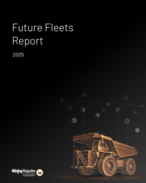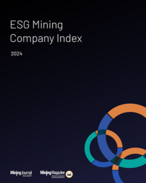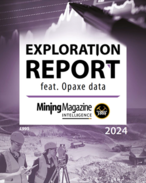Pressure to achieve lower costs is often perceived to lead to sacrificing quality or safety or both, but it doesn’t have to be that way, DNV GL’s Perth-based regional manager – Australia, NZ and PNG Richard Palmer says.
The depressed oil market doesn’t stop the pressure companies are under to continue exploring and developing assets for their future portfolio. In fact, it intensifies it.
“If they stop now it will hurt them in the future, so now is the time to continue to keep doing the same projects at a lower cost with the same level of quality and safety,” Palmer told Energy News on the sidelines of the Australasian Oil and Gas Expo in Perth last week.
LNG projects in the front end engineering design phase are at the perfect stage for operators and suppliers to sift through the numerous codes and standards to see exactly what is needed, otherwise costs can spiral out of control very quickly.
“The uncertainty comes in when all the other codes and standards come in that build on top of each other that were probably developed around a project in history and haven’t been reviewed since and become more and more onerous – and nobody’s questioning why,” Palmer said.
“For example, in the maritime industry a ship’s generator is a tenth of the cost of the same generator from the same manufacturer for an offshore platform. Why the price difference?
“It’s because when the manufacturers bid to oil companies it has different standards to the maritime industry, they don’t know what’s going on and you’re paying for the exhaustive documentation process. A smarter approach is needed.
“We have an anecdotal example where an oil company had a specification for a component that was required to withstand minus temperatures in operation, yet it was going into a tropical zone where the last minus temperature was probably during the ice age.
“Nobody was questioning why, which is part a big part of the problem: it doesn’t add any benefit, improve safety or reliability.”
The imperative for companies to have a serious re-think about codes and standards was highlighted by the tone of the conference, which was in stark contrast to that of last year.
“People are more worried about costs,” Palmer said.
“Last year it was ‘will companies do future investments and can Australia compete with shale gas?’ This year it’s not a case of being worried about competing with anybody, it’s about ‘can we survive on this oil price’
“The whole focus has changed.
“There is huge uncertainty about how low the oil price can go, so the industry needs to become smarter and there are things they can do to address that, especially on new projects.
“It’s during that engineering design and installation phase where the capex is talked about, and huge cost savings can be made by being smarter around codes and standards that are used; we’ve already shown this to be the case without reducing quality or safety.”























